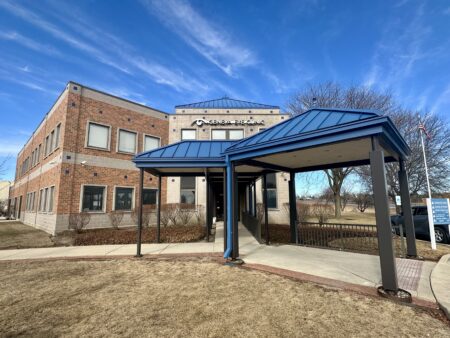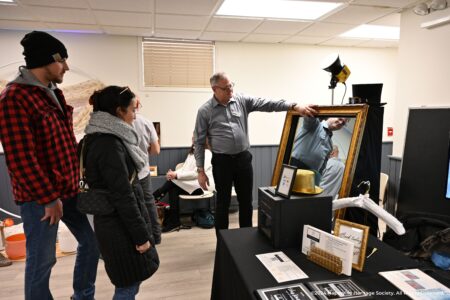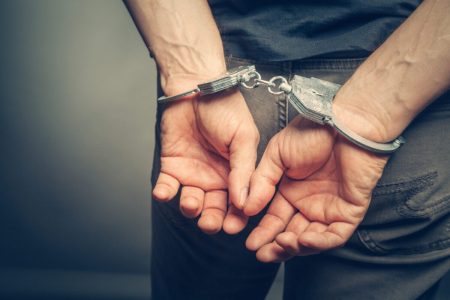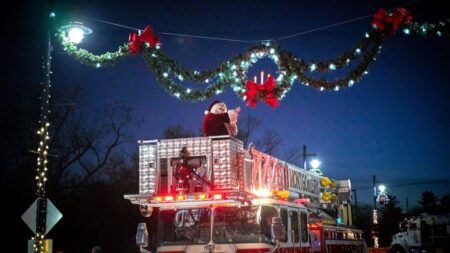Lumbar stenosis, also known as lumbar spinal stenosis, is a medical condition characterized by a narrowing of the spinal canal in the lower back. This narrowing can lead to pressure on the spinal cord and nerves, resulting in pain, numbness, weakness, and tingling in the back, legs, and feet.
While the condition may occasionally affect younger individuals due to developmental causes, it is most commonly seen in individuals aged 60 and older. Spinal stenosis is primarily a degenerative condition but can also be caused by other conditions, such as arthritis or spinal injuries.
Symptoms of Lumbar Stenosis
- Pain in the lower back, buttocks, thighs, legs, or feet
- Numbness, tingling, or weakness in the legs or feet
- Difficulty walking or standing for long periods
- Cramping in the legs
- Difficulty maintaining balance
- Radiating pain down the leg similar to sciatica
- Leg weakness
Lumbar Stenosis Diagnosis
Medical professionals utilize a patient’s medical history, symptoms, physical examination, and diagnostic examinations to establish a diagnosis. The physical assessment may involve assessing the back, testing reflexes, evaluating muscle strength, and analyzing sensation in the legs. Patients may be asked to perform specific movements and positions to see if symptoms worsen. Additionally, one or more imaging techniques may be employed to validate the diagnosis.
Imaging May Include:
- X-ray: Uses radiation to produce an image that shows bone structure, spine alignment, and joint outlines.
- CT Scan: Combines multiple X-rays to generate detailed images of the spinal canal, its contents, and the surrounding structures.
- MRI: Utilizes powerful magnets and computer technology to create images of the spinal cord, nerve roots, and nearby areas while revealing any enlargement, degeneration, or tumors.
- Myelogram: This imaging involves injecting contrast dye into the spinal fluid space to outline the nerves and spinal cord and detect any pressure affecting these areas. It can be viewed on X-ray and may be combined with a CT scan.
Lumbar Stenosis Treatment Options
The exact treatment for spinal stenosis is determined based on the severity of your symptoms.
Non-Surgical Treatments
- Physical Therapy: This involves exercises and stretches to improve the strength and flexibility of the muscles supporting the spine. It can also help improve posture and reduce pain.
- Non-steroidal anti-inflammatory Drugs (NSAIDs): These over-the-counter pain relievers can help reduce pain and inflammation associated with lumbar stenosis.
- Epidural Steroid Injections: Injections deliver corticosteroids directly to the affected area to reduce inflammation and pain.
- Chiropractic Care: This involves spinal adjustments and manipulation to realign the spine and relieve nerve pressure.
- Acupuncture: This Eastern medicine technique involves placing thin needles into specific points on the body to help alleviate pain and discomfort.
- Massage Therapy: Massages can help relax tense muscles and improve circulation, leading to pain relief.
- Hot and Cold Therapy: Alternating between hot and cold packs can help reduce inflammation and temporarily relieve pain.
- TENS (Transcutaneous Electrical Nerve Stimulation): This therapy involves using a small device that emits electrical impulses to stimulate nerves and reduce pain.
- Exercise and Weight Management: Regular low-impact exercise and maintaining a healthy weight can help alleviate symptoms of lumbar stenosis.
Lumbar Stenosis Surgery
Surgery for spinal stenosis is a procedure used to relieve pressure on the spinal cord and nerves caused by the narrowing of the spinal canal. This narrowing is usually due to the thickening of ligaments and bones in the spine or the enlargement of adjacent discs or joints. The surgery aims to create more space for the nerves and spinal cord, which can help relieve pain, numbness, tingling, and weakness in the back, legs, and arms.
There are several different surgical procedures used to treat spinal stenosis, including:
- Laminectomy: This is the most common surgery for spinal stenosis. It involves removing a portion of the lamina, a bony arch in the back of the spinal canal, to create more space for the nerves.
- Laminotomy: This procedure is similar to laminectomy, but only a portion of the lamina is removed.
- Spinal Fusion: This procedure joins two or more vertebrae together using bone grafts for implants to stabilize the spine.
If you’re experiencing any type of back pain, the team at Fox Valley Orthopedics can help create a customized treatment plan based on your condition and needs. Call (630) 584-1400 for an appointment, or visit FVOrtho.com.









